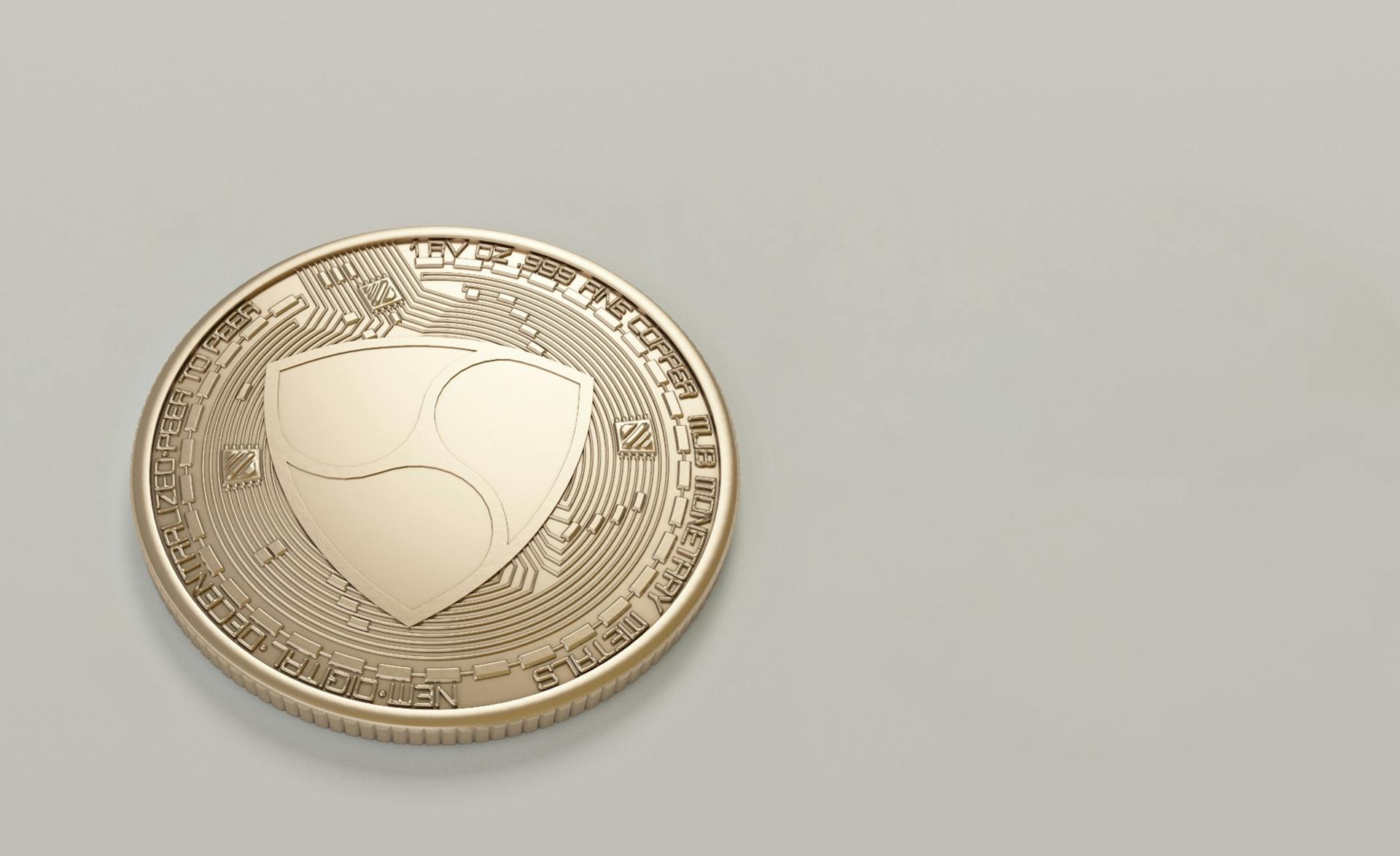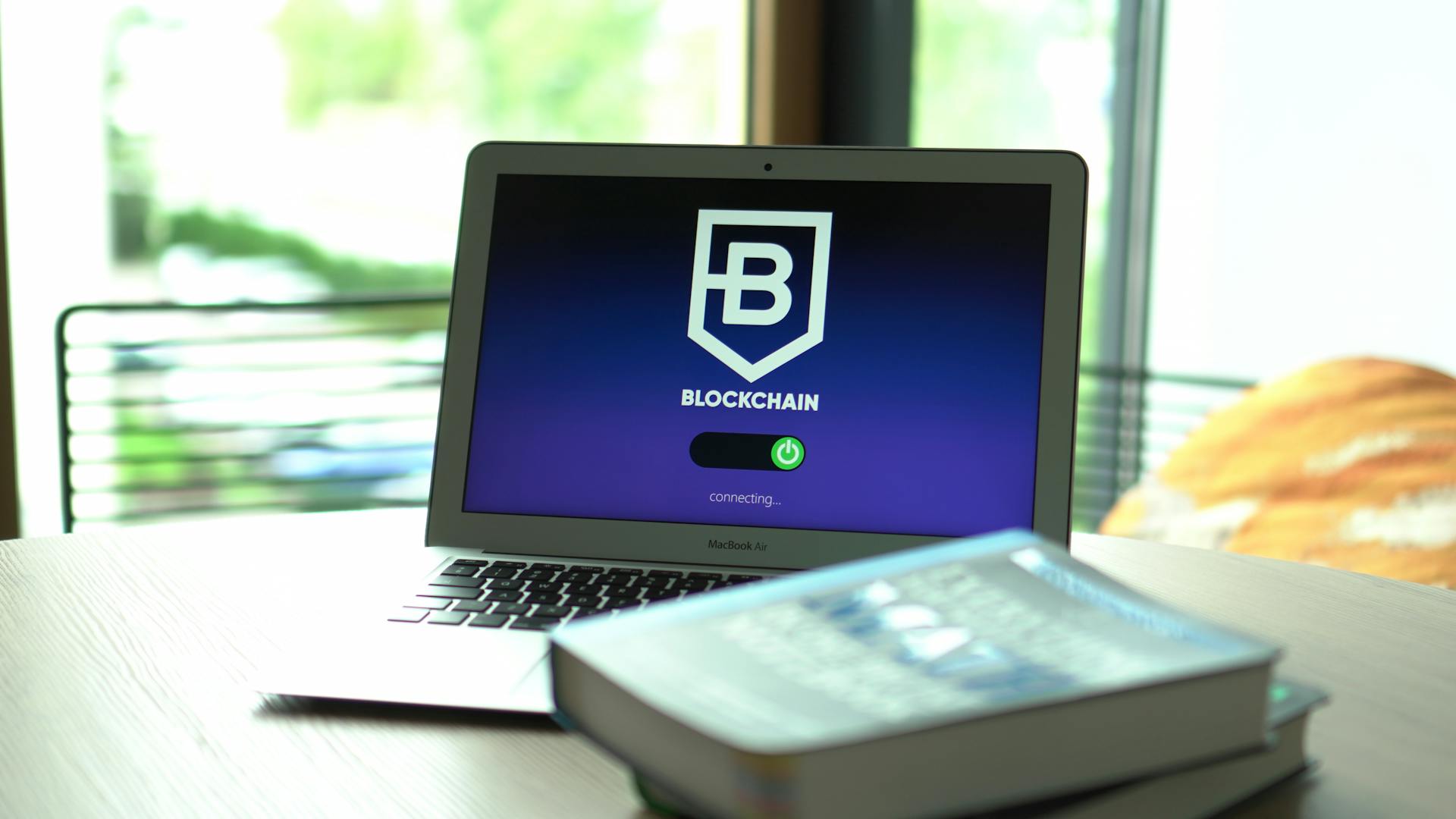
Tezos (XTZ) is a decentralized blockchain network that allows for the creation and management of digital assets. It's built on a proof-of-stake (PoS) consensus algorithm, which is more energy-efficient than traditional proof-of-work (PoW) algorithms.
The Tezos network was launched in 2018, and it's been gaining traction ever since. In fact, the Tezos Foundation, a non-profit organization, has been instrumental in promoting the development of the Tezos ecosystem.
Tezos uses a unique consensus algorithm called "Liquid Proof of Stake", which allows validators to vote on changes to the protocol. This approach enables the network to adapt and evolve over time, making it more resilient to potential attacks or vulnerabilities.
As a decentralized network, Tezos operates on a peer-to-peer (P2P) model, where nodes communicate directly with each other to validate transactions and maintain the integrity of the blockchain.
For another approach, see: Stacks Blockchain
Founders and Team
The founders of Tezos are Arthur and Kathleen Breitman, who conceived the project in a 2014 white paper under the pseudonym L.M. Goodman.
This nod to Satoshi Nakamoto, the creator of Bitcoin, acknowledges the journalist who misidentified the creator of Bitcoin.
The Breitmans had previously argued that Bitcoin's biggest shortcomings included a lack of governance, cost and centralization issues, limited expressiveness of its programming language, and security concerns.
Founders
The founders of Tezos are Arthur and Kathleen Breitman, who conceptualized the project in 2014.
They created Tezos as an alternative to Bitcoin, which they believed had several shortcomings.
The Breitmans drew inspiration from Bitcoin's creator, referencing Satoshi Nakamoto in their pseudonym L.M. Goodman.
They had previously written about the issues with Bitcoin, including its lack of a governance process and limited expressiveness of its programming language.
You might like: Which Country Does Not Use the Euro as Its Currency
The Fundraiser
The Tezos fundraiser was a groundbreaking event that set the tone for the project's success. It was launched on July 1st, 2017, and lasted for only 13 days, gathering an impressive 66,000 bitcoins and 361,000 ethers.
The fundraiser was open to donations, allowing contributors to receive coins based on their contributions. This process not only dispersed coins among many users but also involved them in the launch of the blockchain.
The coins allocated to contributors were only activated if they provided full KYC information. In mid-November 2020, Tezos identified around 94% of all funds, leaving some contributors without activated coins.
The fundraiser was a complete success, raising a total of $230,000,000, which is now a much higher value due to the success of cryptocurrencies. The total supply of Tezos coins was determined by the number of coins issued during the fundraiser, with no limit on the total supply.
The Tezos Foundation, established to promote the project, used funds from the fundraiser to support beneficial projects for the Tezos community. The foundation is based in Switzerland and has no control over the blockchain or the Tezos network.
Token and Economics
There are currently 977,621,108 XTZ in circulation, with a total supply that's uncapped and increasing at a rate of about 4.5% per year.
The Tezos token fundraising event in July 2017 was a massive success, raising 65,681 BTC and 361,122 ETH worth $232 million at the time.
About 80% of the initial supply went to donors of the fundraiser, while 20% were split equally between the Tezos Foundation and Dynamic Ledger Solutions.
Initial Coin Offering
The Tezos Foundation's initial coin offering (ICO) was a significant event in the cryptocurrency world. On April 17, 2017, the foundation was established in Zug, Switzerland, to support the ICO.
The Tezos Foundation raised $232 million in Bitcoin and Ethereum on July 1, 2017, one of the biggest ICOs at the time. This amount was termed "non-refundable donations" by the foundation.
The contributions were likened to a pledge drive where people would receive tote bags, but some participants considered them an investment. This distinction is important, as it could have fallen under the Securities and Exchange Commission (SEC) if considered an investment.
The Tezos Foundation planned to use the funds to acquire DLS, which owned the group's technology, and if the Tezos blockchain functioned for at least three months, the Breitmans would receive 8.5% of the ICO and 10% of the tokens.
However, the ICO was marred by a dispute between the Breitmans and Gevers over control of the project. This led to delays in the deployment of Tezos and lawsuits alleging fraud during the fundraiser and unauthorized sales of securities.
In 2018, Gevers resigned and received $400,000, and the foundation board was replaced. The Tezos blockchain went live that September.
The Tezos ICO also had a significant financial impact, with the foundation holding assets worth $820 million by December 2017.
Discover more: Is Tezos a Good Investment
Number of Coins in Circulation
The number of Tezos coins in circulation is quite high, with 977,621,108 XTZ currently in circulation.
At the time of writing, this total supply is uncapped, with validator rewards increasing the total supply at a rate of about 4.5% per year.
This means the total supply of Tezos coins is constantly growing, and it's worth noting that about 80% of the initial supply went to donors of the fundraiser.
A significant amount of money was raised during the token fundraising event in July 2017, with a total of 65,681 BTC and 361,122 ETH raised, equivalent to $232 million at the time.
A unique perspective: Sterling Coins in Circulation
Design and Features
Tezos utilizes liquid proof of stake (LPoS) as its primary protocol, which allows for a more efficient and scalable consensus mechanism.
The Tezos protocol is Turing-complete, meaning it can execute complex programs and smart contracts. This is made possible by its support for a domain-specific language called Michelson.
Michelson is a purely functional stack-based language with a reduced instruction set, designed with formal verification in mind to ensure the accuracy and reliability of smart contracts.
Readers also liked: Smart Contracts
Design
The Tezos protocol uses a unique approach called liquid proof of stake (LPoS), which sets it apart from other blockchain systems.
Liquid proof of stake is a more energy-efficient alternative to traditional proof of work, allowing Tezos to operate with lower energy costs.
The Tezos protocol supports the creation of smart contracts, which are self-executing contracts with the terms of the agreement written directly into lines of code.
These smart contracts are built using a domain-specific language called Michelson, which is a purely functional stack-based language.
Michelson has a reduced instruction set and no side effects, making it easier to analyze and verify the code.
The Tezos protocol allows itself to be amended through a staged process, where proposals for code changes can be submitted and voted on by the community.
If a proposal receives enough votes, the protocol will update to incorporate the new code changes.
Additional reading: Cardano Smart Contracts
Design and Features
Tezos' on-chain governance system is a game-changer, allowing any user to propose and vote on upgrades to the protocol in proportion to their stakes.
A different take: Co-founder Animoca Brands - Yat Siu

This system is a stark contrast to other protocols like Ethereum and Bitcoin, where a small group of core developers make the decisions.
Each phase of voting lasts for approximately two weeks, which means a full upgrade cycle can take nearly three months.
This level of decentralization is a major advantage, giving users a real say in the future of the blockchain.
Tezos' proof-of-stake (LPoS) consensus mechanism consumes less energy than Bitcoin mining, making it a more environmentally friendly option.
The blockchain can't be forked, which is unusual among cryptocurrencies and provides an added layer of security.
Tezos' unique features have earned it staking support from major cryptocurrency exchanges like Binance and Coinbase, offering users rewards for holding XTZ.
For another approach, see: Crypto Smart Contracts
Network and Security
The Tezos network is secured by a liquid proof-of-stake (LPoS) consensus mechanism, an evolution of delegated proof-of-stake (DPoS).
In Tezos, anyone who meets the minimum threshold of 6,000 XTZ can be a validator, also known as a "baker." This creates a high level of inclusivity and accessibility for staking on the network.
This system ensures a plurality of validators, which is crucial for the security of the network, and allows even those who don't meet the threshold to delegate their stake to a public baker.
Network Security

The Tezos network is secured through a liquid proof-of-stake (LPoS) consensus mechanism, which is an evolution of the delegated proof-of-stake (DPoS) idea.
This system allows anyone who meets the minimum threshold of 6,000 XTZ to become a validator, known as a "baker" in Tezos.
By making staking accessible to a broader range of users, Tezos aims to democratize access and ensure a plurality of validators to secure the network.
In Tezos, users can choose to delegate their stake to any public baker in the network, even if they don't meet the threshold themselves.
You might enjoy: Series B Banknotes
About Nodes
Tezos Nodes is a service that rates the reliability of public Tezos bakers and monitors the state of node performance for non-public Tezos bakers.
The team behind Tezos Nodes developed a baker reliability index featuring 10 key indicators to help potential stakers choose a reliable public baker.
This index provides all the necessary information to make informed decisions about which baker to stake with.
The service works closely with the baking community to ensure the reliability index is accurate and up-to-date.
Frequently Asked Questions
How many Tezos are left?
There are approximately 1.02 billion Tezos in circulation. The circulating supply of Tezos is a dynamic figure that may fluctuate over time.
Is Tezos a good crypto to buy?
While Tezos is considered a promising investment, it's also considered a high-risk option, so it's essential to carefully weigh the potential rewards against the potential losses before investing. Tezos' potential for growth is significant, with forecasts suggesting it could reach $10 by the end of 2025.
Featured Images: pexels.com

